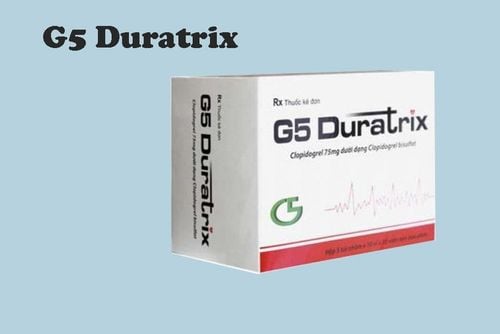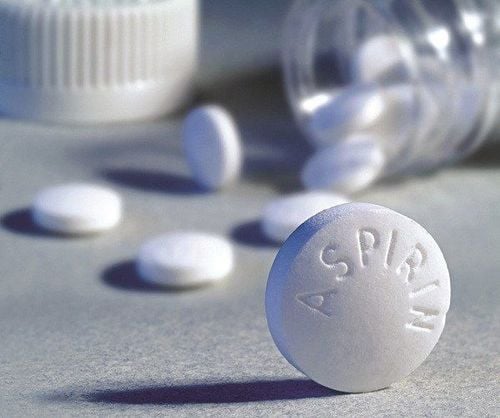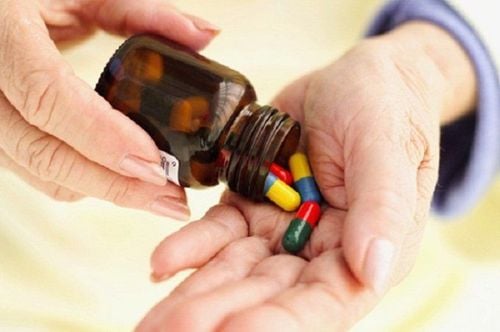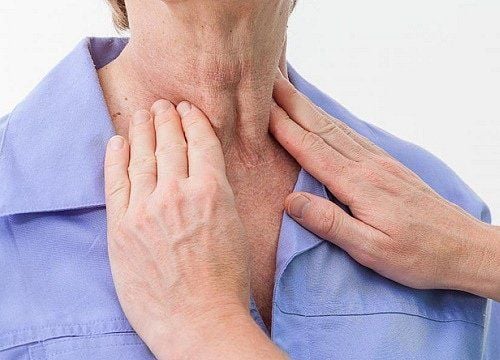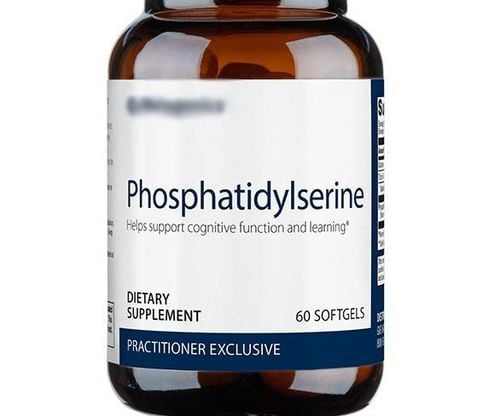This is an automatically translated article.
Ischemic stroke is the most common type of stroke, accounting for 2⁄3 stroke cases. This is cerebral ischemia caused by blockage of a cerebral artery (thromboembolism) and narrowing of a cerebral artery that reduces blood flow in the cerebral artery causing necrosis.
1. Diagnosis of acute ischemic stroke
The Stroke Rating Scale (NIHSS) is recommended for emergency assessment and diagnosis of ischemic stroke, including the following screening tests:
Blood tests: Check indicators Biochemistry, coagulation, hematology to assess the initial acute stroke status. Before administering intravenous rtPA, the patient's blood sugar should also be checked. Electrocardiogram, troponin test: In patients with acute ischemic stroke, baseline electrocardiogram, troponin test and early intravenous rtPA should be performed CT or MRI scan: To make a decision on treatment In the case of acute ischemic stroke, an unenhanced head CT or MRI should be performed before intravenous rtPA to rule out hemorrhagic stroke.
2. Treatment of acute ischemic stroke
Management of acute ischemic stroke includes:
Blood pressure control Treatment of thromboembolism Other stroke treatments Within the first 24 hours, the patient should be monitored for cardiovascular disease to detect fibrillation in time. atrial or arrhythmia and emergency.
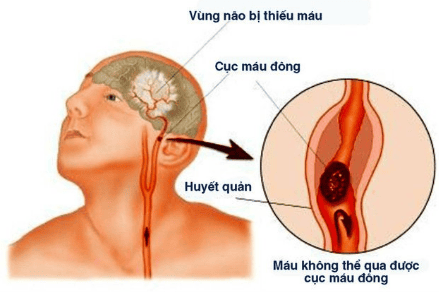
Xử trí đột quỵ thiếu máu não giai đoạn cấp
2.1 Treatment of blood pressure Due to the disorder of cerebral blood flow regulation, antihypertensive treatment should not be given to patients with acute ischemic stroke in the following cases:
In 2 consecutive measurements over 15 minutes apart, diastolic blood pressure above 120 mmHg or systolic blood pressure over 220 mmHg. The patient has signs of acute myocardial infarction, aortic dissection, pulmonary edema, brain damage due to hypertension, kidney failure, ... Surgery to remove thrombus by mechanical method. Within the first 24 hours, use drugs to lower blood pressure, but keep in mind that nerves must be stable. Before initiating fibrinolytic therapy, the use of antihypertensive drugs in patients with acute ischemic stroke should be carefully considered in each of the following cases:
Reduce systolic blood pressure below 185 mmHg and diastolic blood pressure less than 110 mmHg in hypertensive patients who are not eligible for intravenous thrombolysis. After intravenous administration of rtPA, maintain a stable and low blood pressure of less than 180/105 mmHg for the first 24 hours. If there is no indication for fibrinolytic therapy, the use of antihypertensive drugs should achieve a goal of 15% reduction in the first 24 hours after stroke onset.

Bệnh nhân đột quỵ thiếu máu não cấp có dấu hiệu nhồi máu cơ tim cấp không nên được điều trị hạ huyết áp
2.2 Treatment of thromboembolism Treatment of thromboembolism in patients with acute ischemic stroke can be with one or more of the following combined methods:
Intravenous rtPA therapy: The patient should be considered eligible for intravenous rtPA. If sufficient, the recommended dose is 0.9 mg/kg, not to exceed 90 mg and administered within 3 hours after stroke onset. Use of rtPA should be done as soon as possible, within 60 minutes after admission to the high therapeutic effect. Local thrombolysis: In most cases of acute ischemic stroke, no local thrombolytic therapy is indicated, unless there is evidence of major stroke onset within 6 hours, or rtPA cannot be used. venous access in large cerebral artery occlusion. Surgical thrombectomy under angiography-guided mechanical device with stent: This method is indicated in cases of severe stroke or when intravenous rtPA is not effective. Antiplatelet therapy: The majority of patients with ischemic stroke are prescribed an antiplatelet drug, such as aspirin, within 24 to 48 hours of stroke onset with an initial dose of 325 mg. Antiplatelet agents should not be used in patients with asthma, urticaria, aspirin allergy, acute gastrointestinal bleeding, G6PD deficiency, and warfarin. Anticoagulants: To treat acute ischemic stroke caused by cerebral venous thrombosis, heparin or low molecular weight heparin can be used in combination with Warfarin. The dose of heparin infusion is based on weight.
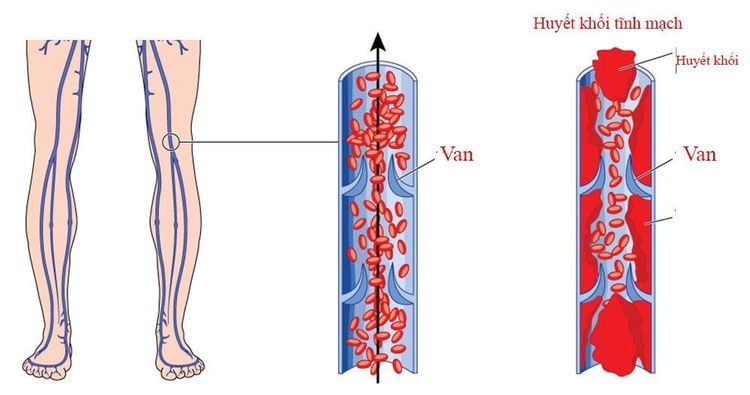
Tình trạng huyết khối tắc mạch
2.3 Other stroke treatments Vasopressors: Vasopressors are indicated for the purpose of improving cerebral blood flow in patients with neurologic complications due to hypotension. Statins: Statins are indicated at the time of stroke onset and continue to be used in the treatment of acute ischemic stroke. Oxygen support and antipyretic: Maintain oxygen saturation above 94% in case of need and should determine the use of antipyretic drugs in patients with high fever above 38 degrees C. Infusion, treatment of cardiac arrhythmias: Infusion IV saline solution to compensate for hypovolemia and pay attention to control arrhythmias that reduce cardiac output. Hypoglycemia: Use hypoglycemic agents to maintain normal blood glucose levels (less than 60 mg/dL) in patients with acute ischemic stroke. Besides, also pay attention to blood sugar control to prevent hypoglycemia.
3. Care and treatment of acute ischemic stroke
After the treatment of acute ischemic stroke at the hospital, the patient receives comprehensive care for stroke treatment combined with rehabilitation. If lung infection is suspected, urology should prescribe appropriate antibiotics for treatment.
If the stroke patient has to lie motionless for a long time, to prevent deep vein thrombosis should prescribe anticoagulant injection. Before initiating eating, the patient's ability to swallow should be assessed and a catheter may be inserted to administer liquid food.

Tiêm thuốc chống đông giúp phòng ngừa huyết khối tĩnh mạch sâu
After the treatment of acute ischemic stroke at the hospital, the patient receives comprehensive care for stroke treatment combined with rehabilitation. If lung infection is suspected, urology should prescribe appropriate antibiotics for treatment.
If a stroke patient has to lie motionless for a long time, to prevent deep vein thrombosis should prescribe anticoagulant injection. Before starting to eat, it is necessary to assess the patient's ability to swallow and possibly insert a tube for infusion of liquid food.
Patients with ischemic stroke encourage early mobilization if the damage is mild to prevent complications of stroke. Accompanying acute diseases are treated during this period, and at the same time, treatment is given to prevent recurrence after stroke. If the patient cannot use anticoagulation, aspirin or a compression device is indicated to prevent deep vein thrombosis.
Management of acute ischemic stroke includes lowering blood pressure, treating thromboembolic events with one or more methods, and other general stroke treatments.
Periodic health check-ups early detect stroke-causing factors and proactively intervene will help prevent stroke effectively.
People with diabetes, cardiovascular diseases, and blood lipids need to have regular health check-ups to control their disease status, not to let the indicators exceed dangerous levels, causing stroke.
Periodic health checkup is one of the ways of early recognition and prevention of disease, especially for patients with a history of stroke, from which a treatment plan can achieve optimal results. Currently, Vinmec International General Hospital has general health checkup packages suitable for each age, gender and individual needs of customers with a reasonable price policy, including:
Health checkup package diamond general health checkup package Vip general health checkup special health checkup package Comprehensive general health checkup package standard general health checkup The patient's examination results will be returned to your home. After receiving the results of the general health examination, if you detect diseases that require intensive examination and treatment, you can use services from other specialties right at the Hospital with quality treatment and services. outstanding customer service.
Please dial HOTLINE for more information or register for an appointment HERE. Download MyVinmec app to make appointments faster and to manage your bookings easily.





